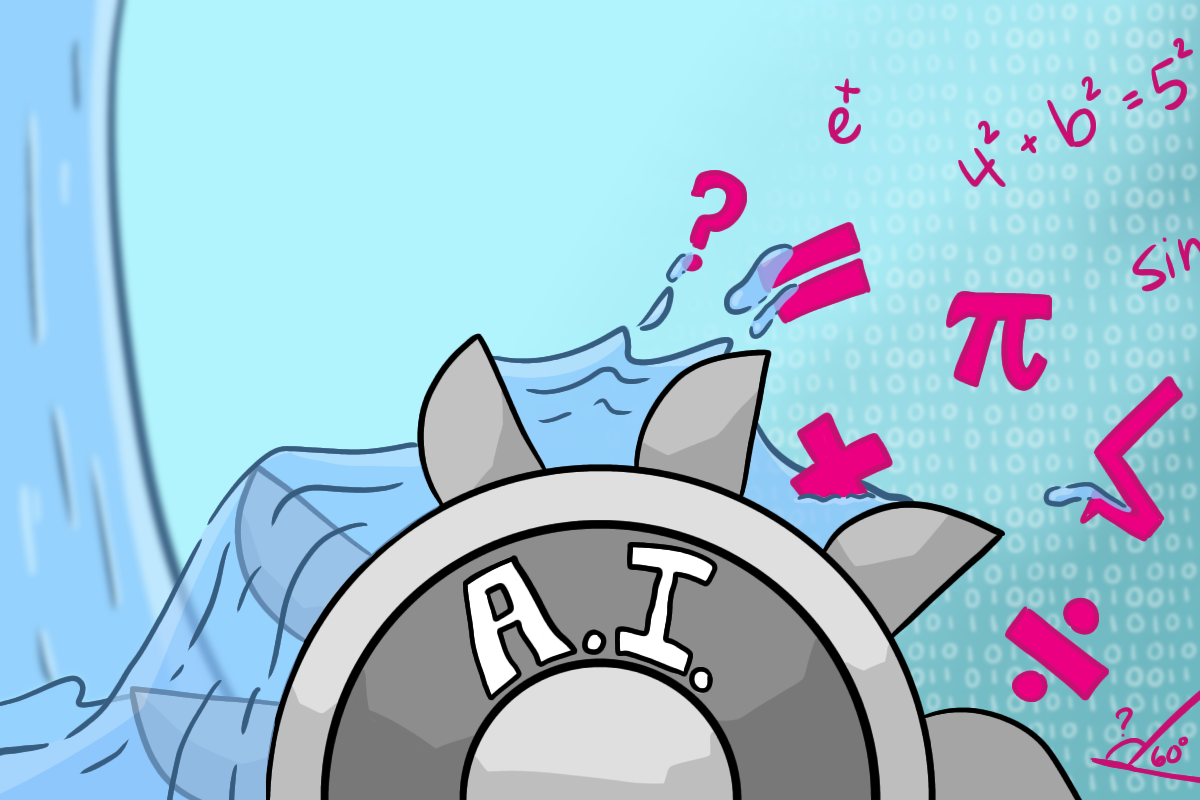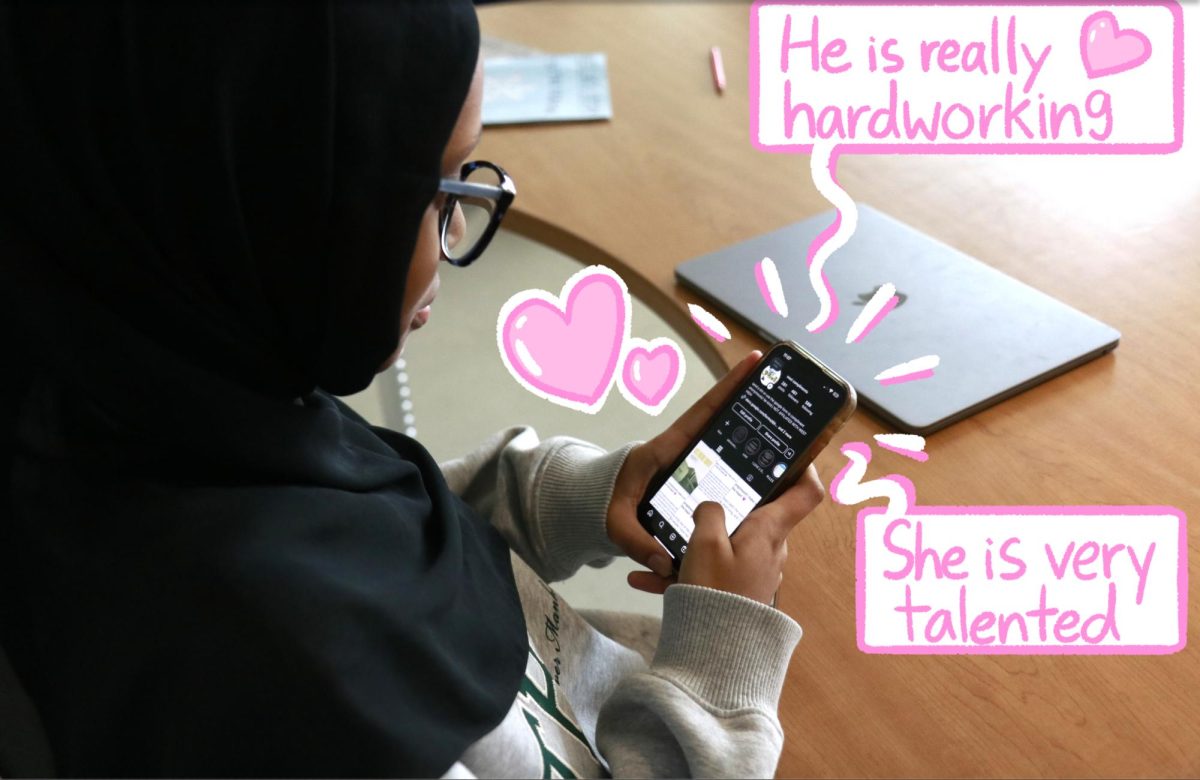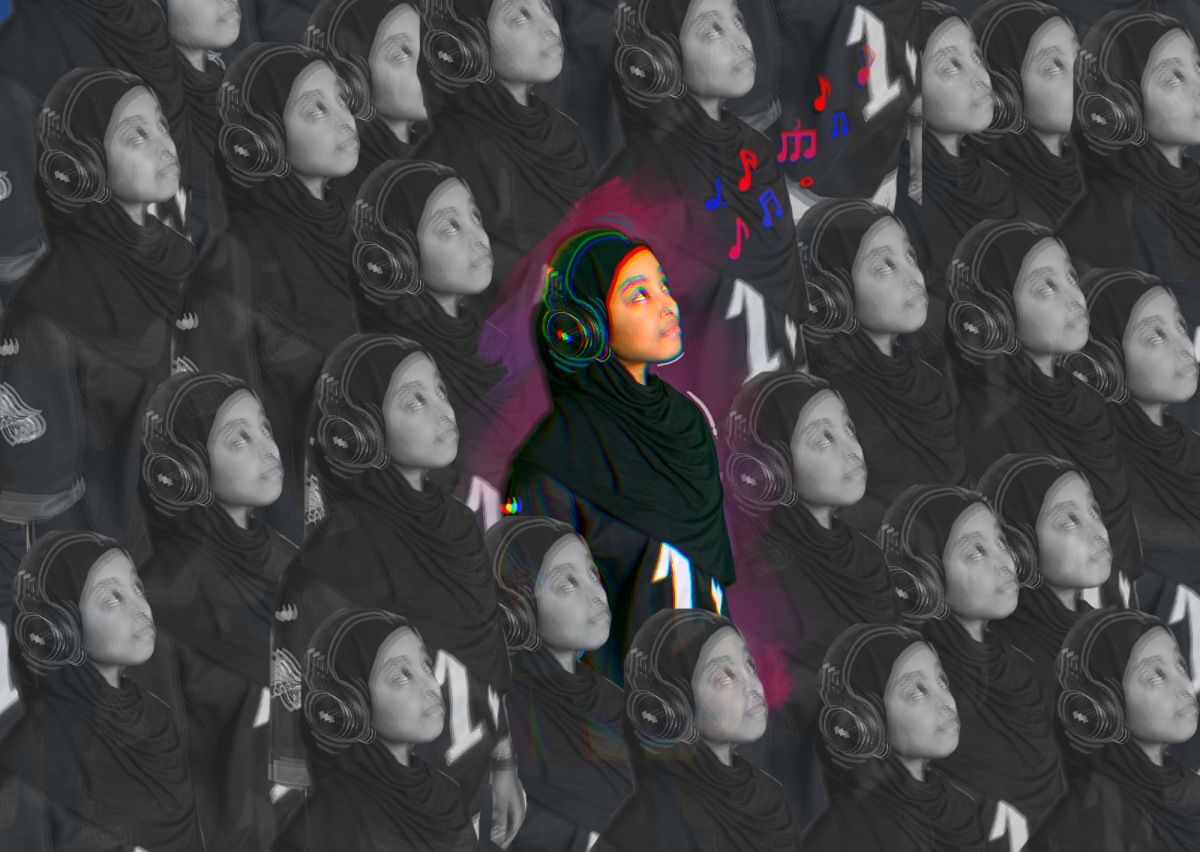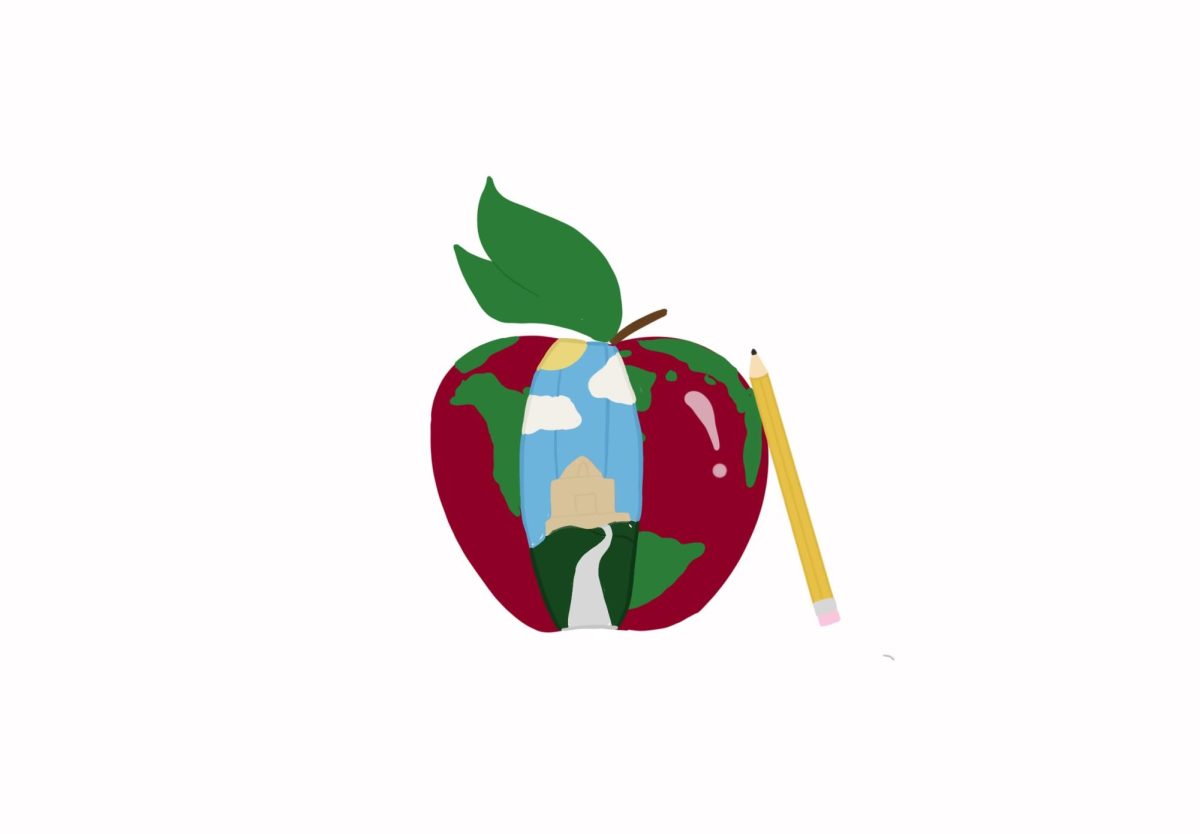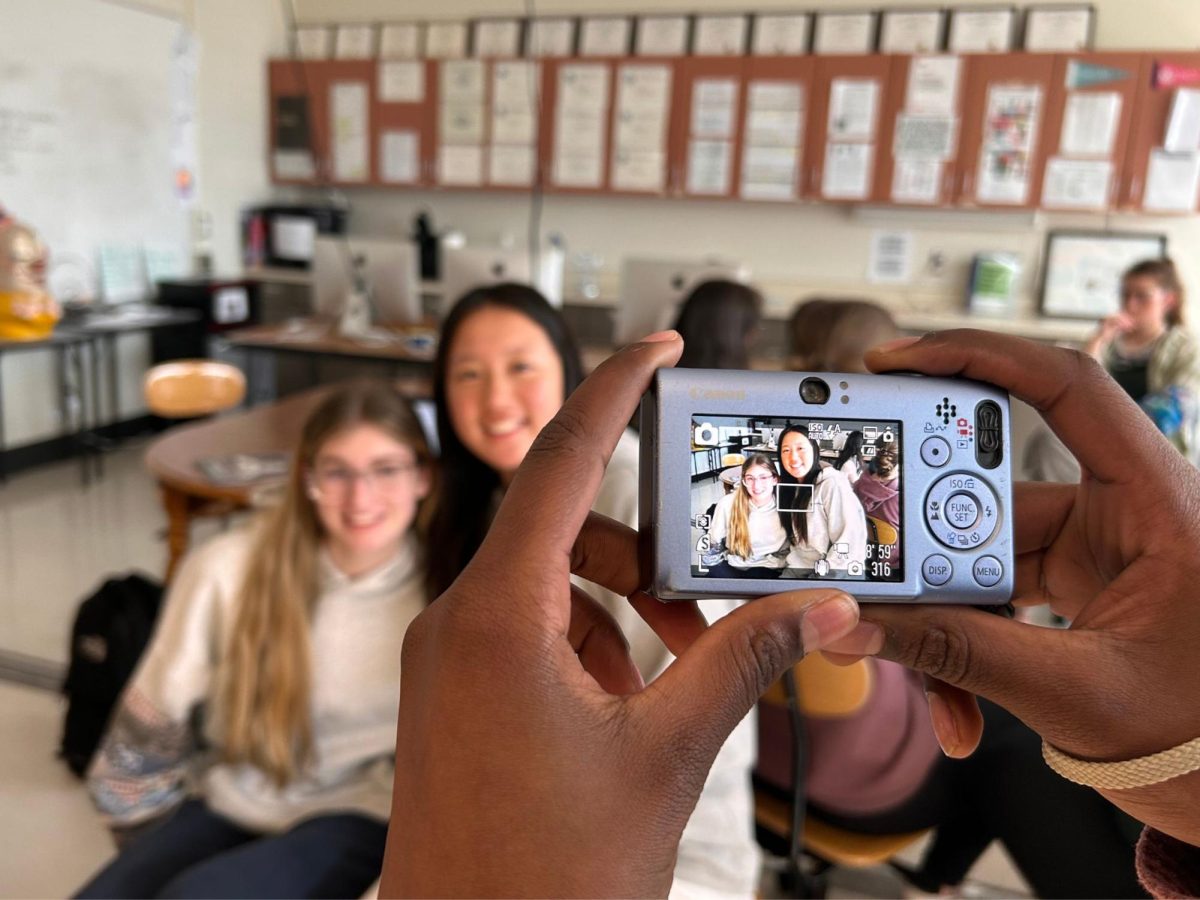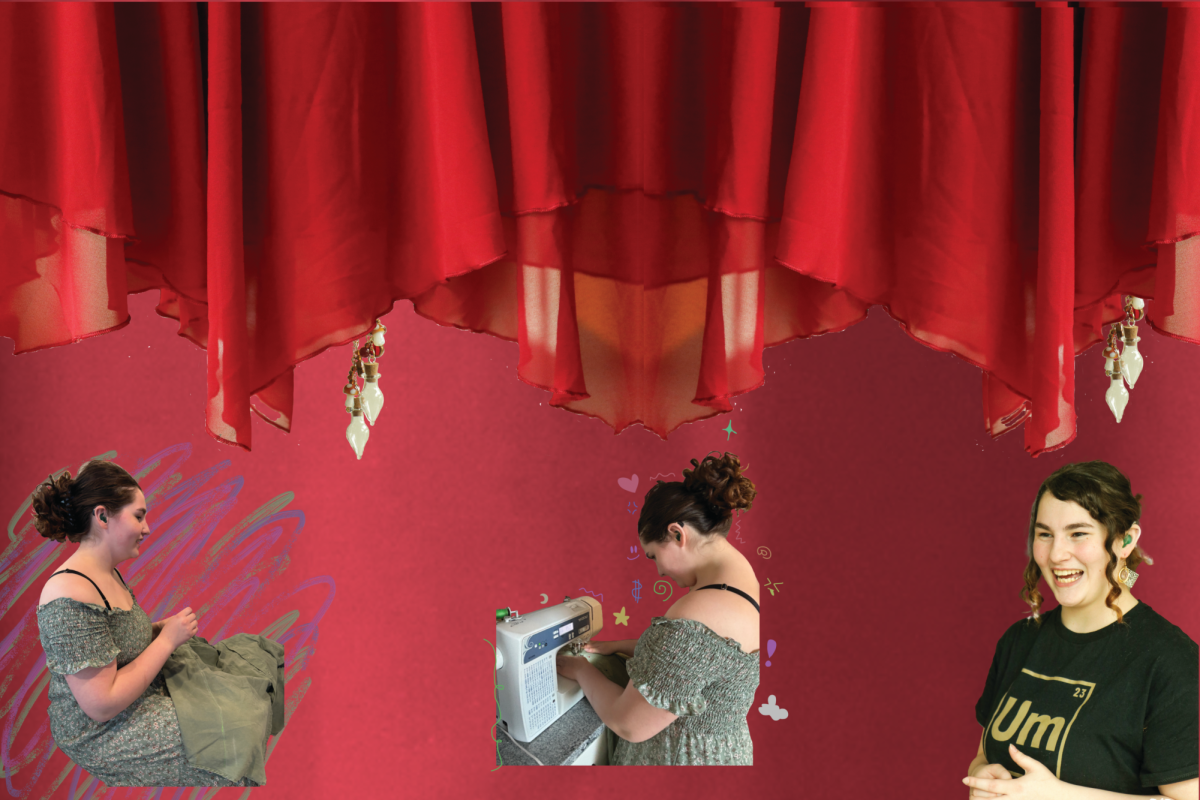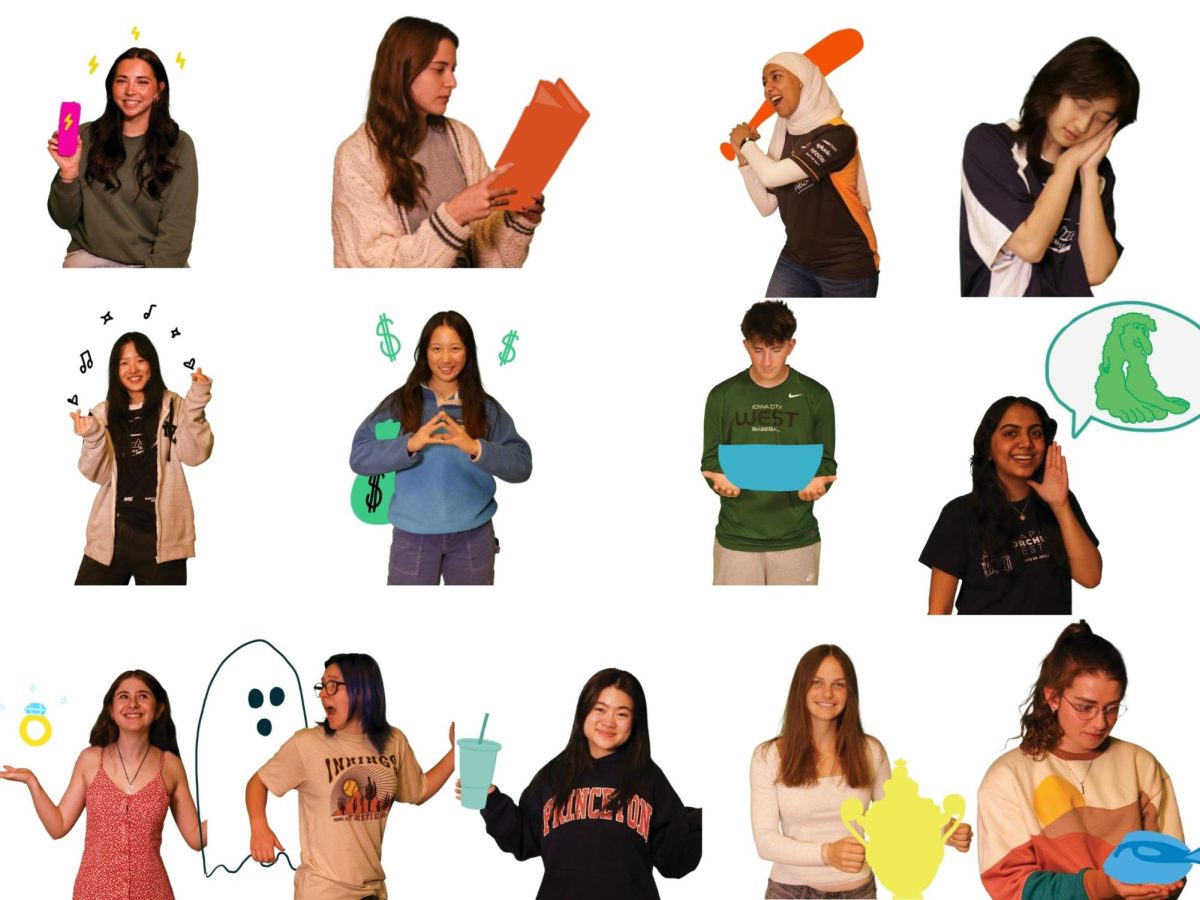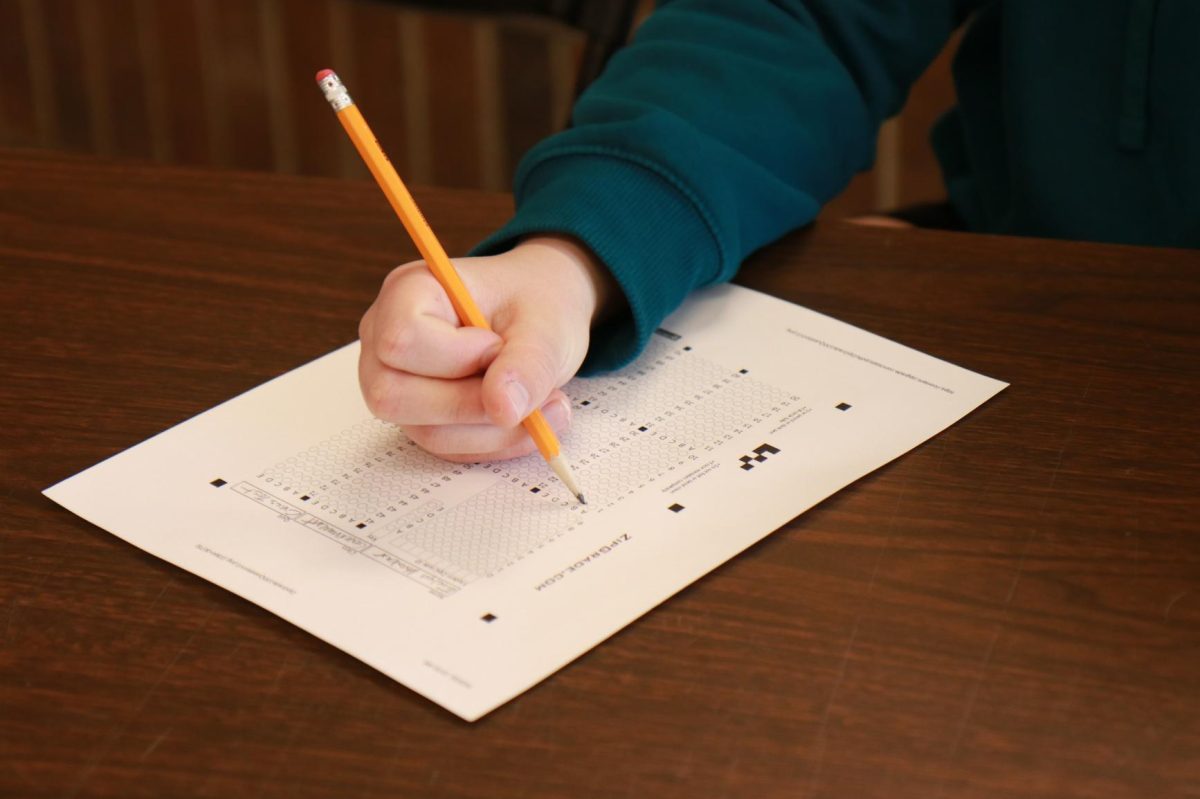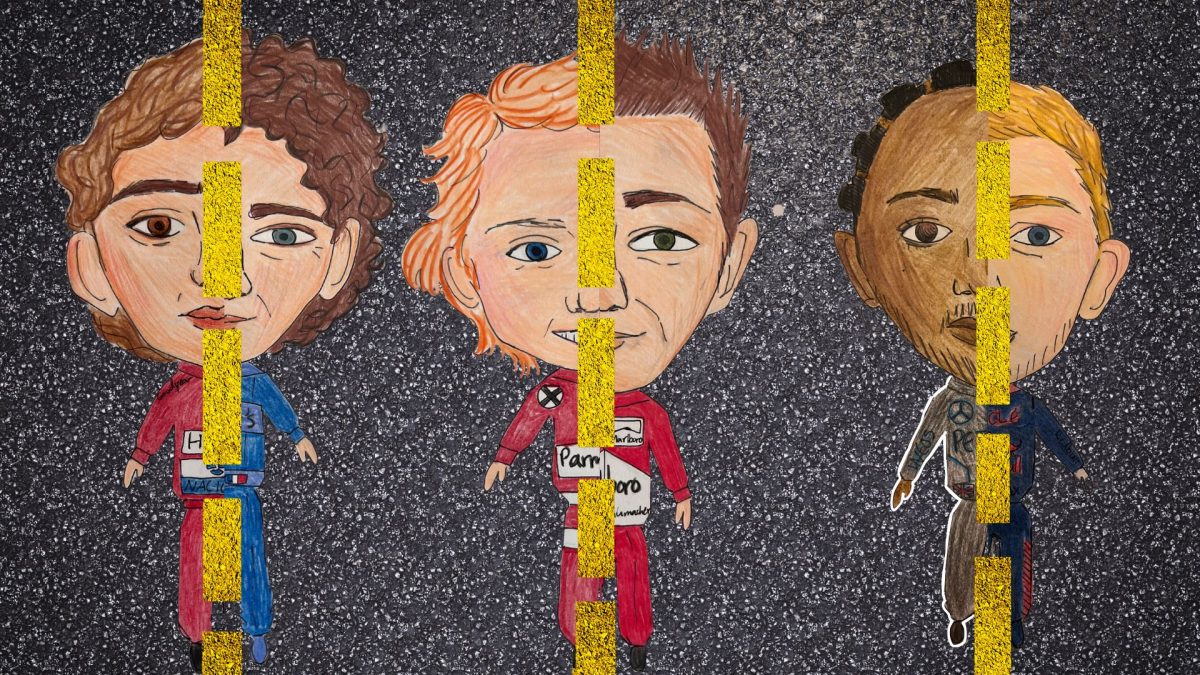Technology fills every aspect of education in the modern American classroom; much of it takes place online, ranging from test-taking to research. The SAT is now exclusively online, and 28 AP exams are completely digital. Education systems worldwide have increased technology investments in the past decade. In the United States, technology expenses for education are estimated to be over $26 billion.
The effects of increased technology use are mixed: out of 23 studies compiled by the National Institute of Health, 16 reported positive effects, five reported no difference and two reported negative effects. This clash is mirrored at West High, as many students and teachers have opposing viewpoints on technology integration.
Senior Sasha Postnikov believes that, although technology improves information accessibility, it has multiple downsides, including harmful effects on attention spans.
“Phones — especially with social media — impact our attention spans. If we watch a video in class, a lot of people are not engaged after just a few minutes. They get on their phone [and] they’re not watching the video,” Postnikov said. “For me, it’s also harder to stay persistent when doing homework, because right next to me, there’s a world of entertainment that I’d rather indulge in than doing my homework.”
Postnikov believes students’ overuse of technology diminishes their problem-solving skills and persistence with tasks.
“In general, students are too reliant on technology to complete assignments and learn. There are [times] where technology is required, but there are examples of times where we don’t need technology, but we use it anyways,” Postnikov said. “A lot of times when things get hard in math, we resort to using ChatGPT or Photomath when [instead], we should access a textbook or watch a YouTube video.”
Megan Boehme, a Spanish teacher at West, shares how technology can fall short in tests and other classroom use.
“[Sometimes] the WiFi isn’t working, or the website’s glitching, [and] you just have to adapt on your feet. If that was the only thing you planned, you’ve got to quickly find something else to do and figure it out,” Boehme said.
Amy Seidel, another Spanish teacher, believes using technology excessively in foreign language classes diminishes personal interactions crucial to language learning.
“Language learning is such an interpersonal experience,” Seidel said. “If [we] rely on technology too much, we lose that aspect of language learning that is more than just interacting with the screen. Language involves gestures; it involves facial expressions. It involves face-to-face interactions and interpersonal things, and too much reliance on technology takes away that aspect of language learning.”
Technology doesn’t only have educational impacts in school, it also has social impacts. Social media and learning often directly interfere with one another. Postnikov believes technology use weakens social interactions.
“Phones have made us less social. In elementary and middle school, when we had free time, we were playing and talking to each other, but [now] we all just hop on our phones,” Postnikov said.
Boehme shows a different viewpoint; technology can encourage cooperation.
“You’re able to be more collaborative than ever with technology because you don’t even have to be in the classroom to collaborate with your peers. Even if you’re not in my fourth hour, you’re still going to see and get to answer all of the questions that they created [in class],” Boehme said.
Boehme admits that technology issues need solutions; however, she believes this new tool is more helpful than some teachers believe.
“There [should be] parameters for students. Maybe there needs to be [a] specific class on how to use technology, what’s considered plagiarism [and] things like that. Teachers have an idea of the pros and cons to using it, [but] some teachers don’t know the extent of how helpful technology can be in their class,” Boehme said.
Seidel explains how teachers have trouble monitoring technology because of time constraints.
“I have enough to take care of. I have enough documentation I have to do, whether it’s attendance, behavioral referrals [or] tardies. It’s asking a lot of teachers to be on top of it and micromanage phone use,” Seidel said.
For language learning, translators are a huge issue, and in English classes, AI. When it comes to test-taking, students who didn’t do their work themselves lack comprehension of the material.
“Translators are always going to be a problem as long as technology is allowed in the classroom. There’s definitely a learning curve to figure out. How can you monitor everybody in the classroom? Part of that might be you have to leave your assignments here so I can make sure you’re, at least, not on your phone using them. I try to get through to [my students] that it’s not going to hurt me. I already know the answers to [my tests]. I already know what it’s saying. If this comes up later [on a test] and you don’t know the words [because] you’ve only used translators, it’s only going to hurt you in the end,” Boehme said.
However, technology doesn’t only have negative effects. Seidel acknowledges that technology offers benefits to learning, like allowing foreign language teachers to bring in authentic videos or audio, gather data and motivate students.
“As a language classroom, we’re able to bring in authentic listening and authentic videos, [which] used to be a lot more difficult,” Seidel said. “It can ease gathering data about how kids are doing [by] keeping them engaged and being able to use authentic resources in the classroom. All [of] those help me stay organized.”
Gupta agrees, asserting that technology can be very beneficial when used correctly.
“It’s dependent on the person who’s using technology. It’s positively impacted people because people use a lot of online resources to help them study,” Gupta said. “There’s a negative connotation [that] Googling something is bad because you’re not learning it, but I think that’s not true because you’re just learning it a different way.”
However, Seidel believes cell phones can have negative effects on mental health and would support a full ban on phones.
“I would prefer something where [students] can’t access [phones, except] during lunch. There’s this book, ‘The Anxious Generation’ the district read, [and] they [did a] book study that they wanted people to read. [Kids are] our most precious commodity, and we’ve just thrown these devices in [their] hands and said, ‘Well, we’ll see what happens in [the] long term.’” Seidel said.
“The Anxious Generation,” written by Jonathan Haidt, explains the effect of social media and how helicopter parenting can negatively impact mental health among youth, and presents possible solutions to help students grow up with minimal mental stress. The Iowa City Community School District school board did a read-through of it to learn more about the effects of cell phones.
Postnikov feels that phones shouldn’t be accessed during class but believes students should still be able to use them during passing time and breaks.
“To start, [we should] ban them in classrooms. I don’t think it would work too well immediately, but if teachers stay strict about it, that would be good. Classes are only about 40 minutes long [and] it’s not hard to not be on your phone for 40 minutes at a time,” Postnikov said. “You have five minutes [to use them during passing time] and there [are] lunch times or free periods. ”
Either way, all phones and technology play a significant role in modern education. In one study, AI significantly improved students’ understanding of some subjects, including computer science and machine learning, and also improved young children’s English reading skills. Gupta explains how AI use can positively impact learning in English.
“In English class, you can use AI to help you [brainstorm] and fine-tune your ideas, but you should not be [using] AI to write the paper for you. You can use AI to augment what you’re already thinking, but you shouldn’t use it to do your assignments.” Gupta said.
Although AI as a teaching device may be foreign to many teachers, Boehme uses it to aid teaching.
“[I’ve] started to dabble into [AI]. I haven’t used it too much. Quizizz has a feature where you can submit an article, and it creates a whole set of questions based on that article for you. I’ve [used] that before,” Boehme said.
However, when used incorrectly, AI can certainly damage education. Postnikov explains the benefits and disadvantages of AI and how she uses it to help her education.
“[AI] probably has more of a negative impact. A lot of people use it to cheat and do assignments for them,” Postnikov said. ““Over time, I’ve learned it makes more sense to use it as a tool. The biggest thing I use AI for is if I have a simple question, I would put it into ChatGPT rather than Google. I use it to help me do a math problem, but I tell it to not give me the answer. I use it to guide me in my learning.”
Postnikov believes more students should use AI this way instead of using it to do the learning from them.
‘More people should use it [like I do], instead of using it to do the learning for them. If kids keep using it in the ways that they are now, no one will be able to think for themselves. Nobody will have strong writing skills. We need to stress to kids that technology is only useful when you pair it with human intelligence,” Postnikov said.
Postnikov shares her final thoughts about how technology will change in the future compared to how it’s currently being used.
“[In the] long term, I think AI will enhance education,” Postnikov said. “I’m not an AI or technology hater at all. If anything, I’m all for it. I just do not think students are using it in appropriate or beneficial ways right now.”






